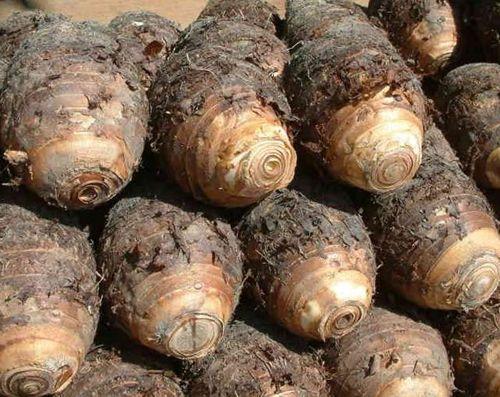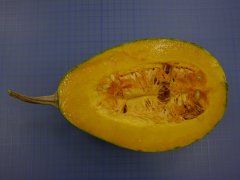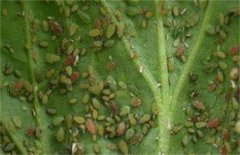The planting cost of organic rice is too high, and the planting technology and yield of organic taro are much better.
Do you know it is better to grow organic rice? Is it better to grow organic taro? In fact, now that the organic rice market is saturated, you can't make much money growing organic rice. You might as well try growing organic taro, which can bring high income and is easier than growing organic rice.
During the growing period, taro will encounter many diseases and insect pests, resulting in taro rot and soft rot in the later stage. When the larvae of Spodoptera litura are seriously damaged, the leaves may be eaten until only veins are left, and the leaves are damaged and unable to carry out photosynthesis to produce nutrients. Red spiders suck leaves, resulting in white spots on leaves, which also affect photosynthesis and affect the fruiting and size of taro. It is easy to kill pests by spraying pesticides, but organic materials must be applied at the right time in order to control them effectively.

"the most important thing for organic taro is fertility control, and plant growth must be promoted as much as possible in the early stage. Shi Hou-Chung, who experimented with the cultivation of organic water taro, explained that more base fertilizer must be used in the early stage of planting, accounting for more than 60% of the total fertilizer use, and there will be no need for fertilizer in the following two or three months. In the later stage, according to the crop condition, it is good to replenish fertilizer at the right time. The nutrient release rate of organic materials is slower than that of chemical fertilizers, and it has slow-acting characteristics. Farmers cooperate with field water dry and wet management, resulting in less fertilizer loss. 500 to 600 kg of organic nitrogen per hectare is enough to supply nutrients for the growth of water taro.
Shi Hou-Chung himself grows organic rice and asparagus. He points out that more and more people are investing in organic rice, and sales are gradually running into difficulties, so he thinks that no one grows organic taro, and if they succeed, they can sell at a high price and create another economic market. Plant 2500 pieces per minute, each about 400g, with a total yield of about 1600 jin. The market price of organic water taro per jin is estimated to be 120 to 130 yuan, and the output value of one cent of land is nearly 200000.
- Prev

Which pumpkin variety is the best? Is the new pumpkin variety Youwang seed on the market a new pumpkin variety with high yield?
It's so hot! Hualien Farm pumpkin variety Youwang seed is about to be on the market. Will you buy this pumpkin seed? Let's take a look. Disease resistance of African disease-resistant wild pumpkin was introduced into traditional papaya-type pumpkin by traditional backcross breeding to make new varieties.
- Next

Diseases and insect pests of Chinese yam and their control measures: control methods of bean tortoise shell and blue-winged negative mud insect
Yam bean tortoise shell and yam blue wing negative mud worm control method how to do? Do you know? Let's take a look. The occurrence time of yam bean beetle pest is from May to August, and only one generation a year. The yam blue-winged negative mud worm also occurs in one year.
Related
- The first cup of black tea in spring, the flavor and history of tea gardens in Kenya, Africa
- The computer can not only choose potatoes, but also grow tea rice. AI will grow winter oolong tea champion.
- It is not only the inflated tea bitten by insects, but also engraved with the four seasons tea in Beipu.
- The Oriental Beauty Tea Festival in Zhuxian County takes the stage at the weekend to experience the plus-size feast of oil tea.
- & quot; Oriental Beauty Tea & Exploration of Emei in Hsinchu, the hometown of quot;
- The new variety of strawberry "Tainong 1" dessert is the first choice with mellow aroma. Crimson gorgeous
- History of Tea in Taiwan: from Wild Inner Mountain to Export Tea Garden
- Two types of Taiwan Oriental Beauty Black Tea won the British three-Star Award for Childhood Tea Xiang Zhang Jiaqi changed from pilot to champion tea maker.
- Banana species and varieties: the planting history of Taiwan Xianren banana and dwarf banana is long, is banana disease resistant?
- Coffee planting Technology: Qianjie Coffee from Seedling to harvesting

